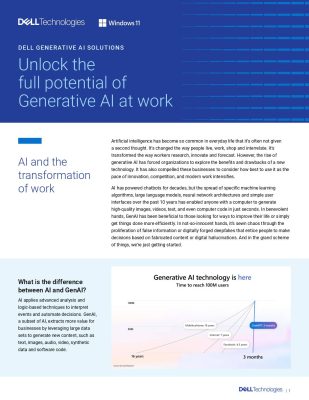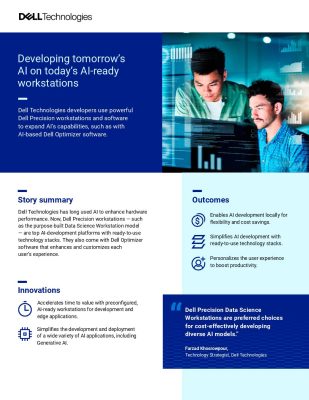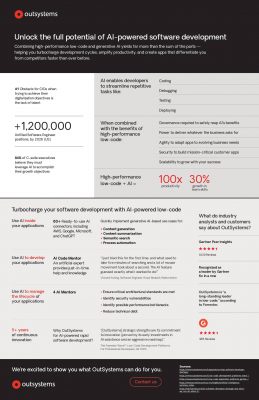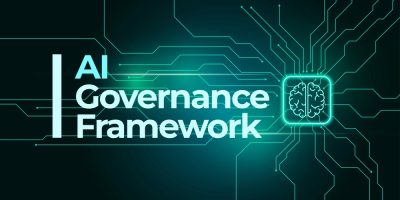Highlights:
- In the meantime, SageMaker is launching its data platform, SageMaker Lakehouse, which makes it simpler for developers to access data by combining information from various data lakes, warehouses, and active databases and apps.
- SageMaker Unified Studio also integrates Amazon Bedrock’s integrated development environment, enabling the creation of AI applications with a vast library of high-performance foundation models, as well as a variety of pre-made AI agents, knowledge bases, guardrails, and workflows.
Amazon Web Services Inc. updates Amazon SageMaker, a renowned neural network development platform with a suite of new features that will integrate quicker structured query language analytics, petabyte-scale data processing, and other capabilities.
The new features, which were revealed at the yearly AWS spectacular re:Invent, aim to make Amazon SageMaker a more complete and integrated platform for developing artificial intelligence.
These include the SageMaker Catalog, which houses a collection of potent large language models and other developmental artifacts, the new SageMaker Unified Studio, which is a portal that allows users to access data from across their organization, and several AI and machine learning development tools.
In the meantime, SageMaker is launching its data platform, SageMaker Lakehouse, which makes it simpler for developers to access data by combining information from various data lakes, warehouses, and active databases and apps.
Long before the current AI development frenzy was sparked by OpenAI’s ChatGPT, the company introduced Amazon SageMaker in 2017. Since then, it has grown to become the main platform for developing AI applications for the cloud infrastructure giant. It offers a wealth of resources for developing AI applications, enabling the creation, training, deployment, performance monitoring, fine-tuning, and completion of numerous other crucial activities all in one location.
All AI Developer Tools in One Place
SageMaker Unified Studio, which is now in preview, is a significant platform upgrade that provides customers with a streamlined environment to access all of their data and utilize it in AI systems. According to the firm, it brings together all of the capabilities from Amazon’s once disjointed developer studios, query editors, and visual tools from platforms like Amazon Bedrock, Amazon EMR, Amazon Redshift, AWS Glue, and the company’s current SageMaker Studio. It all comes down to simplifying access so that users can find and prepare data, write code and queries, and construct AI models in one location.
In addition to having everything in one location, Amazon Q Developer, an AI-powered assistant that can help with data discovery, will be helpful to developers. According to AWS, they may ask queries like what information they should be examining to better understand their company’s product sales and get the answers they require right now.
SageMaker Unified Studio also integrates Amazon Bedrock’s integrated development environment, enabling the creation of AI applications with a vast library of high-performance foundation models, as well as a variety of pre-made AI agents, guardrails, knowledge bases, and workflows.
In response to how consumers are now using SageMaker, the business stated that it is integrating everything. It clarified that as the majority of users use its data analytics tools to assist with the tasks they perform with SageMaker, it only makes sense to consolidate them under one roof to facilitate quicker access.
A Huge Data Repository
The SageMaker Catalog, which is based on Amazon DataZone, offers hundreds of authorized AI models along with security features like AI guardrails and flexible access controls. They can stop biased or harmful behavior from AI applications.
The introduction of SageMaker Lakehouse gives SageMaker users centralized access to analytics tools and the underlying data assets that drive their AI models. This configuration has the benefit of simplifying the process of merging data from several sources, including Redshift data warehouses, Amazon S3 data lakes, and other federated data sources. The SageMaker Unified Studio provides access to SageMaker Lakehouse itself.
Additionally, it makes data querying easier for users because SageMaker Lakehouse is compatible with the open Apache Iceberg data standard, which allows users to examine the data using a variety of SQL analytics tools.
By leveraging SageMaker Lakehouse in earlier access, the pharmaceutical giant F. Hoffmann-La Roche AG claims to have been able to remove data silos and facilitate information access without the need for complex data transfer processes. It claimed that as a result, data processing times had decreased by 40%.
Seamless App Integration
AWS is also revealing what it claims are “zero-ETL integrations” with several third-party software-as-a-service apps to simplify things for developers. For example, users need not create complicated data pipelines to combine Amazon SageMaker with Amazon Aurora MySQL, PostgreSQL, and other database types.
The intricate “extract, transact, and load” procedure that is typically needed to modify the format of data from one application to satisfy the needs of another is eliminated with zero-ETL integrations. In essence, AWS handles all of this on its own, which is quite advantageous because, even for the largest companies, creating data pipelines can be a laborious and error-prone procedure that causes significant problems.
The confluence of AI and data analytics, according to AWS Vice President of Data and AI Swami Sivasubramanian, means that businesses depend on more interconnected data sources, which is why it is necessary to make all of that information more easily available.
“Many customers are already using combinations of our purpose-built analytics and machine learning tools, such as Amazon SageMaker, Amazon EMR, Amazon Redshift, and more,” he said. “The next generation of SageMaker brings together those capabilities, along with some exciting new features, to give customers all the tools they need for data processing, SQL analytics, model development, and training, directly within it.”





























































